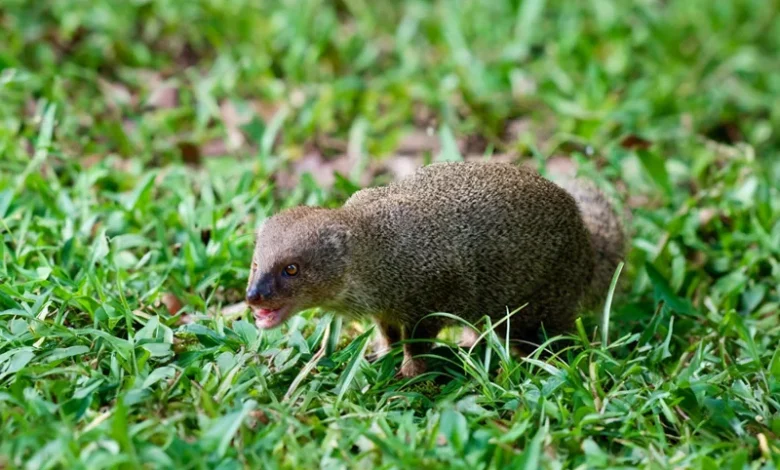Small Indian Mongoose

The Small Indian Mongoose (Herpestes javanicus), introduced to the Caribbean in the 1800s for rodent control, has become a highly invasive species in Dominica, posing severe risks to the island’s biodiversity and endemic species. This agile predator measures about 26-38 cm in length, has a bushy tail and has a pointed snout. It is known for its bold behaviour and adaptability.
Characteristics and Ecological Impact
A prolific breeder, the mongoose can produce several litters each year, with a gestation period of about 42-49 days, leading to rapid population growth. It feeds opportunistically on insects, small mammals, amphibians, and bird eggs, severely impacting local ecosystems. Ground-nesting birds and small reptiles are particularly vulnerable, as the mongoose preys on these species extensively, disrupting Dominica’s natural heritage.
Conservation Efforts
In response, under the Ministry of Agriculture, the Forestry, Wildlife and Parks Division implements control measures to manage the mongoose population, supported by the Environmental Protection Act (2002). Conservationists emphasize population control, community awareness, and monitoring to protect vulnerable native species. Community involvement remains essential to support these efforts, helping mitigate the mongoose’s ecological impact and preserve Dominica’s rich biodiversity.




